- Home
- Deaf Culture
- Be Opened! The Catholic Church and Deaf Culture
Be Opened! The Catholic Church and Deaf Culture
Related Products
Wrong Game
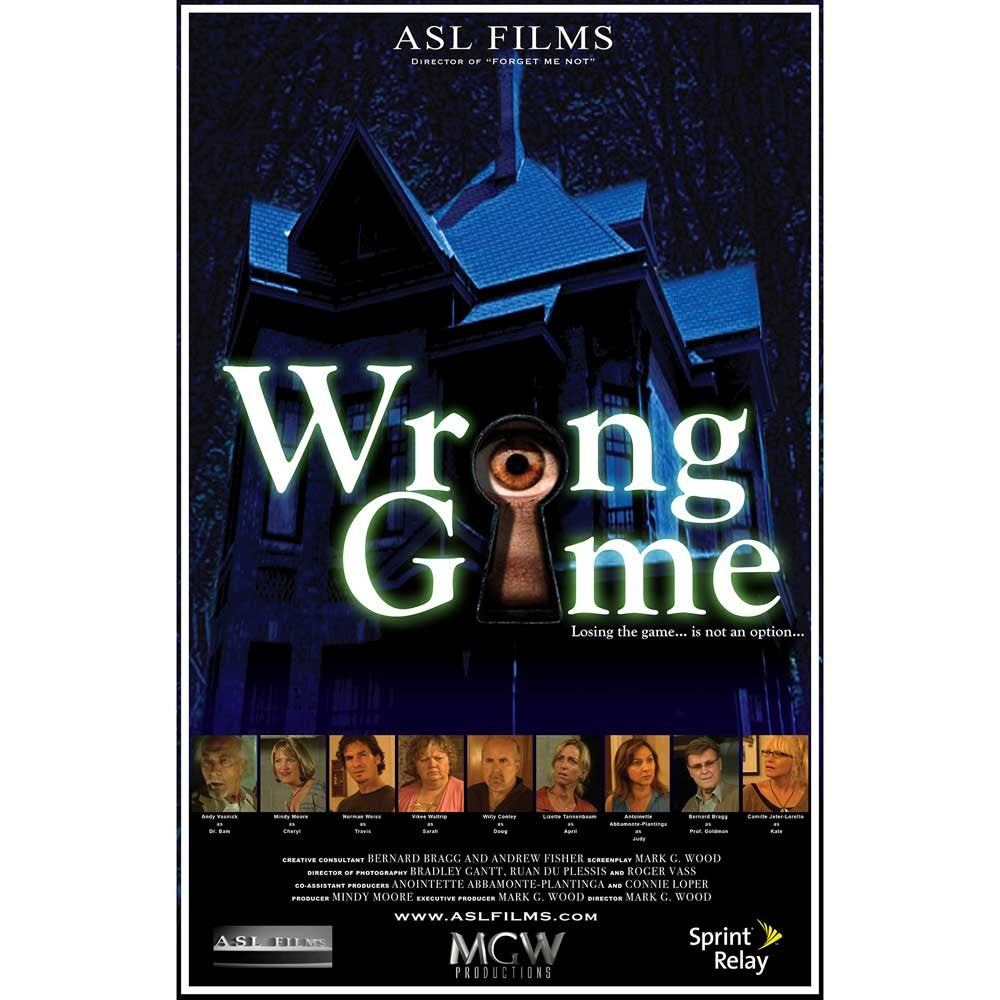
Wrong Game
$24.99
A group of people are called to a mansion to participate in a game where the winner receives 1 million dollars. Losing the game is not an option. To add further drama, each participant holds highly specialized skills and collectively, they must determine whose skills or expertise is most beneficial to the game. [DVD: ASL Films (2007) 128 minutes...

Sue Thomas: F.B.Eye Volumes 1-5 DVD Set
$124.75
Inspired by the remarkable true story, Sue Thomas: F.B.Eye" stars Deanne Bray (Heroes) as a profoundly deaf woman whose unique lip reading ability lands her on the FBI's elite surveillance team. Tackling tough cases while catching the eye of handsome Agent Jack Hudson, Sue and her hearing dog Levi are suddenly "G-men" on the adventure of a lifet...

Jake's the Name, Sixth Grade's the Game
$14.99
The only thing different about Jake Zulinski is that he is deaf, otherwise he's just a typical 6th grader. In this book, he regales readers with funny situations he encounters because of his deafness. Enjoyable for all children as well as teachers of deaf or hard of hearing students. See also Those Sevy Blues and From A to Zulinski. [Deb Piper; ...
Silent Ears, Silent Heart
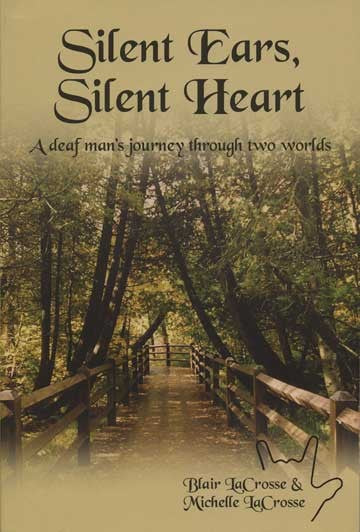
Silent Ears, Silent Heart
$21.95
A deaf man's journey through two worldsThough a work of fiction, this story provides readers with a glimpse into the language, culture and life of a Deaf person named Christopher Cline. His journey through life highlights the many challenges that deaf individuals growing up in a hearing world face daily, including the most difficult and importan...
A Season of Change
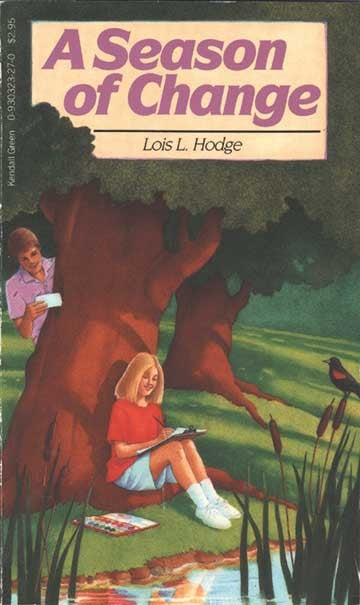
A Season of Change
$3.95
Thirteen year old Biney Richmond may be hard-of-hearing, but that doesn't mean that she's not smart. What will it take for other people, including her parents, to realize that? When her best friend's brother injures himself, Biney finally has a chance to prove to other what she can do. [Lois L. Hodge; (1987) 100 pages; soft cover]
Alone in the Mainstream
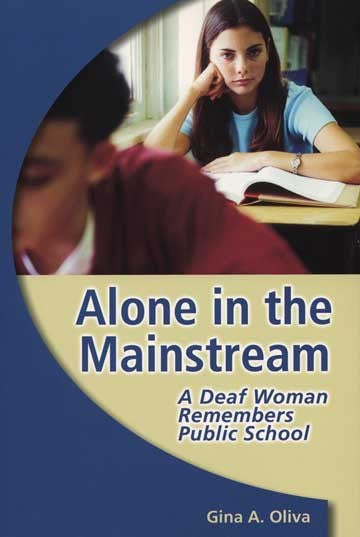
Alone in the Mainstream
$29.95
A Deaf Woman Remembers Public SchoolAlone in the Mainstream is author Gina Oliva's story of her personal experiences being the only hard of hearing child in the entire school. When she first went to school in 1955 as a kindergartner, she didn't know that she was different." But when the other students reacted to music, Oliva didn't move. She beg...
Through Deaf Eyes
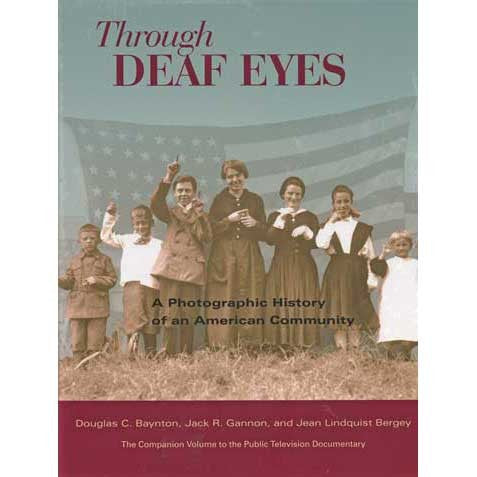
Through Deaf Eyes
$40.00
History Through Deaf Eyes-a landmark photographic exhibition on nearly 200 years of United States deaf history-drew more than 415 000 visitors during a national tour at the Smithsonian and 12 other U.S. cities from 2001 to 2006. Presented by the Smithsonian Institution and drawing heavily on Gallaudet University's extensive archives, the exhibit...

Nobody's Perfect Soft Cover
$5.99
Drawing on her own childhood experiences, Marlee Matlin tells another story of Megan in this funny book that will have readers rooting for the spirited young girl.Megan has spent forever planning for her positively purple birthday sleepover. She's invited all the girls in her class and even made glittery purple invitations for each one. Then a n...

Silent Ears, Silent Heart Workbook
$15.95
This workbook was created for use in conjunction with the book Silent Ears, Silent Heart. It has been designed to pull out specific points from the book that deal with deafness, Deaf Culture and American Sign Language.Silent Ears, Silent Heart is co-authored by a sign language interpreter and a deaf individual. [Blair LaCrosse, Michelle LaCrosse...
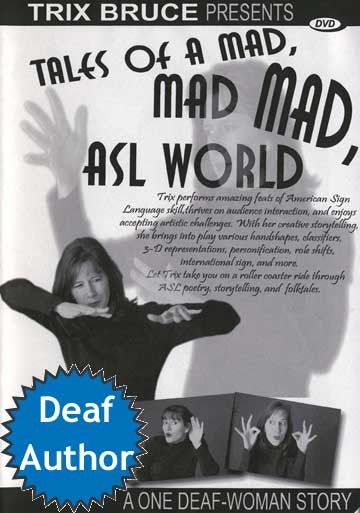
Tales of a Mad, Mad, Mad ASL World
$40.00
A One Deaf-Woman StoryPatricia (Trix) Bruce is known nationwide for her workshop presentations and as an ASL performer. Her work has been warmly received everywhere, from local community centers to national RID chapters, Deaf Way II, interpreter conventions and more. Highly popular as a teacher of ASL storytelling and interpretation, Trix impres...
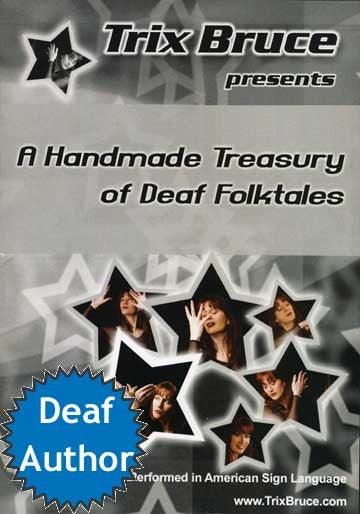
A Handmade Treasury of Deaf Folktales
$40.00
The heart and soul of Deaf culture is passed from generation to generation through sign language folktales, stories, jokes, puns and other forms of cultural expression. As Trix weaves these tales into a performance, the audience will gain insight into the Deaf experience and the ways in which Deaf people view the world around them. These cultura...
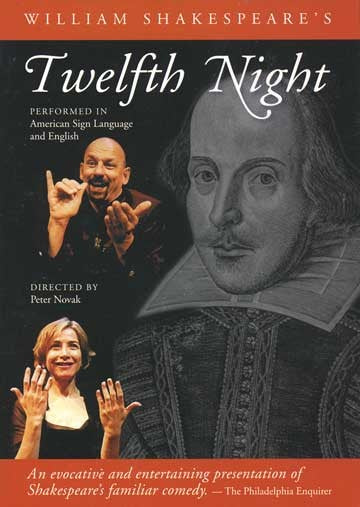
William Shakespeare's Twelfth Night
$24.95
Performed in American Sign Language and EnglishSee William Shakespeare's wonderful romantic romp Twelfth Night translated into a vivacious ASL performance. Director Peter Novak presents a stellar cast from the Amaryllis Theater Company in Philadelphia, including Adrian Blue, Peter Cook, Robert DeMayo, Monique Holt, Jackie Roth and Dennis Webster...













